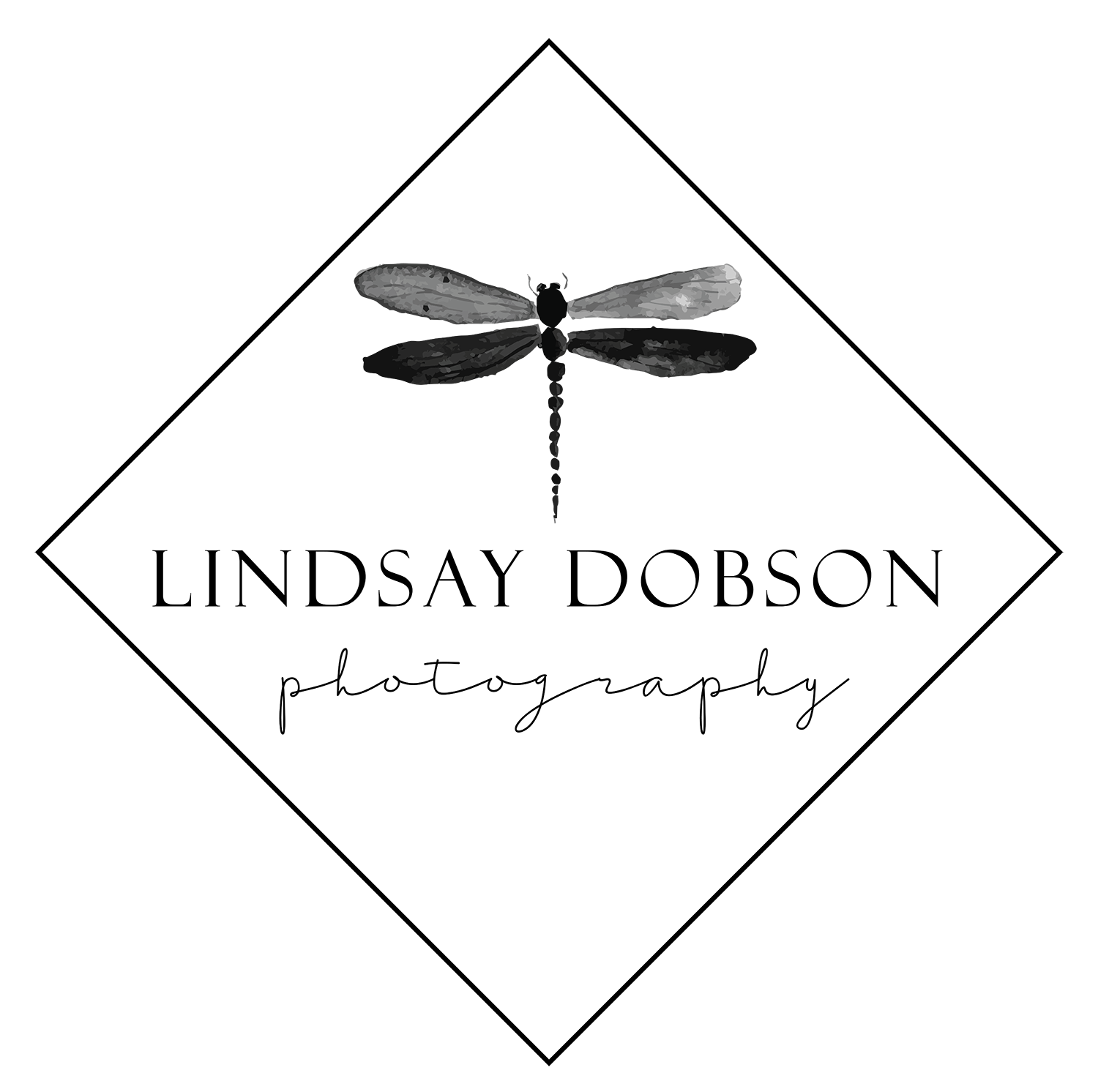Lenses for Bird Photography Panasonic Leica 100-400
Here in the UK the week has grown cold and bright – much as winter is supposed to be, with a thick frost and blue skies. It’s so great to get out of the house when we have weather like that, we need sun to lift our mood and boost our Vitamin D levels. Luckily I live just down the road from my favourite bird reserve at Arundel, and being a member makes this an affordable morning out.
I’m still testing new equipment, namely the fabulous Panasonic GX8 and the Leica 100-400 lens, which gives us a whopping 200-800 field of view in FX terms. This particular lens if the answer to your dreams if you photograph birds and wildlife. It’s also a very sharp lens, assuming you exercise good technique and an understanding of how to manage high magnification optics.
Lenses for Bird Photography Leica 100-400
Photographing small garden birds can be difficult, simply because these animals are so tiny and we need to be fairly close to get a decent picture. They also move quickly and will dart around energetically as part of their natural defence mechanisms. But with a long lens at your disposal there’s no reason why you can’t fill the frame with your subject, and I enjoyed trying to photograph some of these little creatures. Unfortunately the area where they congregate is rather dark so high ISO values are the norm – anything up to 6400. If you’re one of those people who shudders at the thought of ISO 800 then bird photography probably isn’t for you!
The Leica 100-400 is something of a game changer in that it offers us top-flight capability in a fairly small and lightweight package – small enough to carry around for several hours without feeling fatigued. For me at least, this particular lens has been a really good investment. In fact I sold my Olympus 40-150 f2.8 Pro to buy it, with no regrets. At high magnifications we know that depth of field can be extremely thin, so make sure you consider where your focus point is. For example you might feel that there is little difference between a bird’s chest/shoulder, and its eye. You might be surprised to see that even at f5.6 on a Micro 4/3 camera, if you focus on the shoulder the eye may be slightly out of focus. So make sure you focus on the animal’s nearest eye and recompose, or stop down a little if the light allows.
I’ve written a few further words about this lens here: Panasonic Leica 100-400 Performance in the Field
My top picks for lightweight wildlife lenses can be seen here: The Best Lightweight Lenses for Nature and Wildlife Photographers












Yesterday I was in fact hovering at around 4000 ISO, which is absolutely fine providing you’re not going to make great big prints. For displaying on the web there is no need to bother with high levels of noise reduction either. What matters the most is the amount of detail captured – so make sure you have an adequate shutter speed to freeze motion and good handholding technique to minimise camera shake.
High ISO Values
Don’t be scared to crank the sensitivity when photographing birds or wildlife. They move, so we have to freeze that movement. Sometimes it’s us that moves - so we also need a shutter speed high enough for hand holding. This photograph was taken at 1/160sec, f5.6, ISO 4000 at an eq. focal length of 560mm







